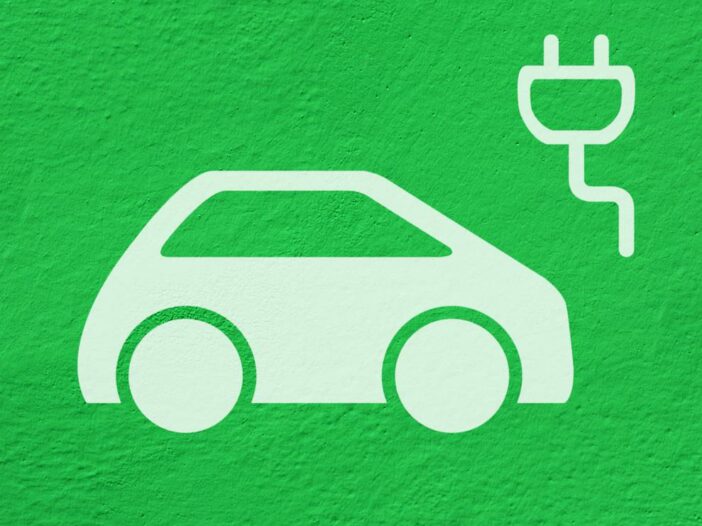Empty…empty…empty.
But let me explain. A couple of days ago I drove into Melbourne. As I sat stuck in traffic waiting to move, I had a top view into Richmond train station, one of the busy ones.
As train after train passed through the overpass, all you could see were empty carriages. And did I mention it was rush hour?
It’s been one of the side effects from the pandemic. Understandably, people are avoiding public transport and prefer to drive and sit in traffic.
It’s not just Melbourne.
Passenger numbers for the New York City subway and London tube system are way down from a year ago. In New York, a city where driving and traffic are already a hassle, car registrations increased by 37% between August and October last year.
And then, take a look at Japan.
The number of people with a driver’s licence has been declining for the last few years as a consequence of Japan’s ageing population. Just in 2019, over 601,000 people handed back their driver’s licence, a new record.
But the pandemic has reversed that trend.
From Bloomberg:
‘[R]esidents are rushing to get themselves driver’s licenses and preparing to get behind the wheel. That’s a significant shift for a nation where the number of motorists has plateaued over the past decade, which is among key factors that’ve weighed on new car sales.’
Many of those new licences were issued to people in their 20s and 30s.
The pandemic is shifting the mindset from using things like Uber and public transport, to people placing more importance in having their own car.
More Drivers Need More Cars
In fact, we are starting to see a bit of a bubble in used car prices. It’s something that, for example, in the US, is already showing in inflation prices.
Last week US inflation data jumped to 4.2%. The main culprit was used car prices, which jumped 10% in April — the fastest increase since 1953.
It’s happening also here in Australia, where Moody Analytics estimates used car prices have increased by 38.1% since the pandemic started.
Demand for cars is increasing as people want to drive during the pandemic. At the same time, supply is taking a hit as automakers struggle with the shortage in semiconductors.
But as cities reopen, more driving is creating congestion and traffic in major cities.
And of course, this is all happening as countries are setting ambitious emission goals to go carbon neutral in a few decades. Transport is a big part of that, it makes up about 16% of global emissions.
To reach net zero by 2050, like many countries have already pledged, the International Energy Agency estimates global electric vehicle sales will need to reach 60%.
Is Lithium Ready for a New Bull Run in 2021? Free report reveals three stocks that could make serious gains.
That’s a massive undertaking when you consider that EVs made up 4.2% of all global passenger car sales in 2020, up from 2.5% in 2019.
Things Are Changing…Fast…
Governments, as mentioned, are pledging ambitious targets.
This week, for example, US President Joe Biden proposed spending US$174 billion on EVs. After visiting the Ford EV plant in Michigan and test driving an F-150 pickup truck, he pledged: ‘We’re going to set a new pace for electric vehicles.’
Carmakers like VW, GM, and Volvo among others are all shifting their focus to EVs.
One of the big challenges for mass EV adoption is costs. They are expensive when compared with internal combustion vehicles, with the main cost of EVs being the battery.
But those are coming down.
A new study from Bloomberg NEF commissioned by the Belgian organisation Transport and Environment forecasts battery prices could fall to US$58 per kilowatt hour by 2030. Getting those costs below US$100 would be a massive push for EVs.
From The Guardian, who reported on the study:
‘Electric cars and vans will be cheaper to produce than conventional, fossil fuel-powered vehicles by 2027, and tighter emissions regulations could put them in pole position to dominate all new car sales by the middle of the next decade, research has found.
‘The falling cost of producing batteries for electric vehicles, combined with dedicated production lines in carmarkers’ plants, will make them cheaper to buy, on average, within the next six years than conventional cars, even before any government subsidies, BloombergNEF found.
‘The report’s timeline for cost parity is more conservative than other forecasts, including one from the investment bank UBS, which has predicted that electric cars will cost the same to make by 2024.
‘However, forecasters are in agreement that the cost of new batteries will continue to fall in the coming years.’
Lucky for us, there are plenty of ways to get exposure to the shift to EVs. You can look at EV car manufacturers, EV battery manufacturers, or even look at miners producing materials needed in batteries like lithium, nickel, and graphite.
Best,
 |
Selva Freigedo,
For Money Morning
PS: Energy expert Selva Freigedo reveals three ways you can capitalise on the $95 trillion renewable energy boom. Download your free report now.

